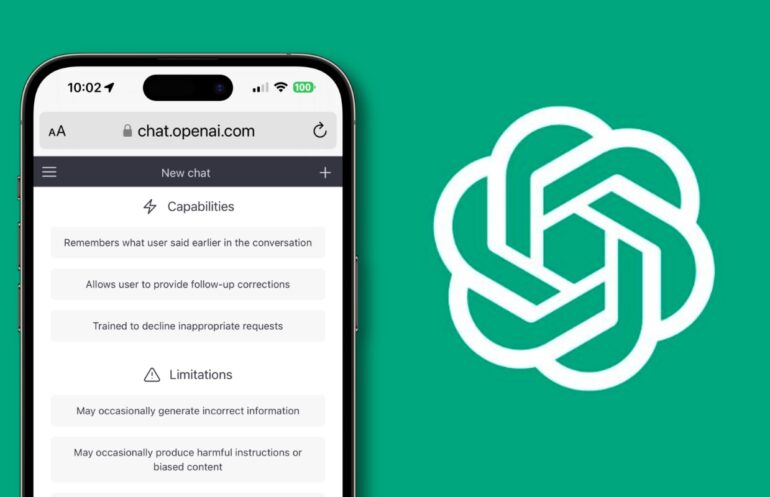TL;DR:
- OpenAI spends $700,000 daily on ChatGPT’s operation, with support from Microsoft and investors.
- OpenAI’s profitability is challenged despite projections of $1 billion in revenue in 2024, with losses reaching $540 million.
- Transformation from non-profit to profit-oriented signifies a commitment to sustainable growth.
- Decline in ChatGPT website visits attributed to API cannibalization and rise of open-source LLM models.
- GPU shortage impacts OpenAI’s model improvement efforts.
- Elon Musk’s ‘TruthGPT’ poses competition, underlined by his investment in 10,000 NVIDIA GPUs.
- OpenAI’s shift to a paid model yields uncertain financial results, potential acquisition prospects emerge.
Main AI News:
In the fast-paced realm of artificial intelligence, sustaining innovation comes with a hefty price tag. OpenAI, the trailblazing tech entity behind the remarkable ChatGPT, finds itself entwined in a financial narrative that bears significance for the tech industry at large. A perceptive analysis by Analytics India Magazine suggests that unless OpenAI’s strategic moves align with profitability, the company’s future could hang in the balance by the close of 2024.
With a staggering daily operational cost of $700,000 attributed to ChatGPT’s functionalities, OpenAI relies on the benevolence of benefactors like Microsoft and recent investors to shoulder this fiscal burden. However, the equation could shift abruptly if OpenAI fails to chart a trajectory toward profitability. Notably, the company’s hopes of realizing an annual revenue of $200 million in 2023, and eyeing an audacious $1 billion mark in 2024, appear tenuous in light of its mounting losses.
Microsoft’s monumental $10 billion investment in OpenAI has undoubtedly provided a lifeline. Yet, the report underscores that the company’s mounting losses – which have surged to a staggering $540 million since the inception of ChatGPT – cast a shadow on the path to fiscal sustainability. A pivotal point of intrigue lies in the dichotomy of projections versus reality; the report questions the feasibility of OpenAI’s ambitions against the backdrop of these escalating losses.
OpenAI’s transformation from a non-profit entity to one with a profit-focused paradigm is both an emblem of its growth and a testament to its evolution. Even though CEO Sam Altman doesn’t possess equity in the company, this strategic pivot illustrates OpenAI’s commitment to aligning its operations with a profitable trajectory.
Another facet of this evolving narrative is the ebbing tide of user visits to the ChatGPT website. Drawing on SimilarWeb’s data, the report reveals a decline from a record peak of 1.9 billion user visits in May 2023 to 1.5 billion in July, casting a spotlight on the evolving preferences and usage patterns among its audience. One potential factor cited for this phenomenon is API cannibalization – a situation where organizations favor utilizing the API for the expansive language model in various workflows, at the expense of direct user engagement with ChatGPT.
However, the report challenges this assumption, positing that the rise of open-source language models, exemplified by Meta’s Llama 2 in collaboration with Microsoft, might be a more influential driving force. This alternative model’s adaptability for commercial purposes raises pertinent questions about ChatGPT’s value proposition in comparison to this easily modifiable alternative.
An additional strain on OpenAI’s progress is the global shortage of graphics processing units (GPUs), which has hampered the company’s capacity to advance and innovate. This supply-side challenge poses a conundrum for OpenAI’s ambitions of model improvement and expansion. A notable indicator of the company’s intent to keep evolving is the filing of a trademark application for ‘GPT-5’, signaling a commitment to continue pushing the boundaries of language models.
As OpenAI navigates these challenges, it faces competition from industry mavericks such as Elon Musk. Musk’s aspirations for a ‘TruthGPT,’ touted as less politically biased than ChatGPT, have generated significant interest. Musk’s investment in 10,000 NVIDIA GPUs to drive his vision indicates his determination to disrupt the AI landscape.
While OpenAI’s shift to a paid model holds potential for revenue generation, the financial intricacies remain opaque. Speculations about potential exit strategies, including acquisition by larger corporations, abound, suggesting a range of possible futures for this Language Model-focused company.
Conclusion:
OpenAI’s intricate financial dance reflects broader industry dynamics. The company’s quest for profitability against mounting losses underscores the challenges of monetizing AI innovations. The changing landscape, fueled by Musk’s alternative models and GPU shortages, compels OpenAI to innovate and strategize to maintain its influence in a shifting market.

